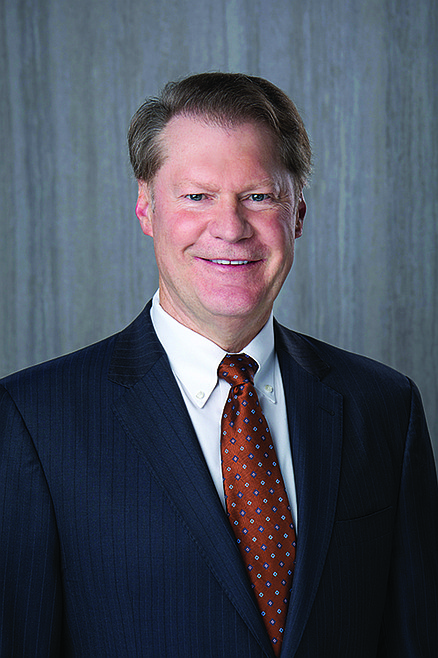The state of hospitals post COVID-19
In 2020, at the beginning of the COVID-19 pandemic, everyone was searching for information. Kootenai Health and Panhandle Health District found the community looking to us for trusted information. Our teams took that responsibility seriously and we produced hundreds of articles, myth vs. fact documents, informational videos, presentations and interviews with local media outlets.
Today we know much more about COVID-19, but now a new health care crisis is emerging. As your community hospital, we believe it is our responsibility to once again provide information on the impact this may have on our community.
Recently the health care consulting firm Kaufman Hall released a special report on the financial effects of hospital workforce challenges. In the report they note:
“… During the pandemic, almost 1 in 5 healthcare workers quit their jobs. One-third of nurses plan to leave their current roles by the end of 2022, with more than a quarter of those intending to become traveling nurses.
At the same time, hospitals find themselves competing with non-hospital employers that are aggressively pursuing hourly staff — companies that can pass along wage increases to consumers in the form of higher prices in a way that healthcare organizations cannot.”
The report goes on to state that contract labor as a percentage of total labor expenses increased more than five times the rate from pre-pandemic levels. This was largely driven by contract, “traveler,” nurses working for national for-profit companies. These are traveling nurses who can be hired to fill in when additional nurses are needed, similar to a substitute teacher. As of March 2022, the median wage rate for contract nurses had risen to more than three times that of employed nurses.
According to the report, the national median hourly wage for employed nurses across all markets in 2022 is $39 per hour, which translates to about $81,000 per year. In March 2022, the median wage for contract nurses was $132 per hour, about $275,000 per year, up from $64 per hour in 2019. At the height of the pandemic, some of these nurses were earning over $200 per hour.
To help understand the scale of these challenges, consider Kootenai Health, which is the largest employer in Kootenai County. Currently, Kootenai Health employs about 3,650 people, including just over 700 nurses. Prior to COVID-19, we consistently had about 320 open positions at any given time. Today we consistently have about 650 open positions, including many for nurses.
The challenges go well beyond the walls of hospitals and physician offices. In a presentation by Sam Wolkenhauer, regional labor economist with the Idaho Department of Labor, the magnitude of the challenge comes into focus. After many years of average households having smaller families, the annual population growth for ages 25-55 has slowed to a halt. Additionally baby boomer retirements have accelerated. Even before the pandemic, economists referred to 2020 – 2024 as the “pain years;” a time when baby boomers would be retiring faster than they were being replaced in the workforce. All indications point to a continued labor shortage for the foreseeable future. Just drive around town and nearly every local business has a “help wanted” sign.
In light of these industry and national demographic trends, one thing is clear: Hospitals are going to experience both service and financial challenges. We simply cannot continue to do things the way they have always been done. You, as a health care consumer, will likely notice these changes. That being said, the future does not have to be bleak.
Here at Kootenai Health we have a long history of innovation, tenacity, and finding creative solutions ahead of our peers. It is very likely health care will look different moving forward, both nationally and locally. The challenges are extremely complex, and there are no easy solutions. Recovery will require hard work, creativity and time. Gratefully, these are all things with which we have some experience.
• • •
Jon Ness is the CEO of Kootenai Health.

